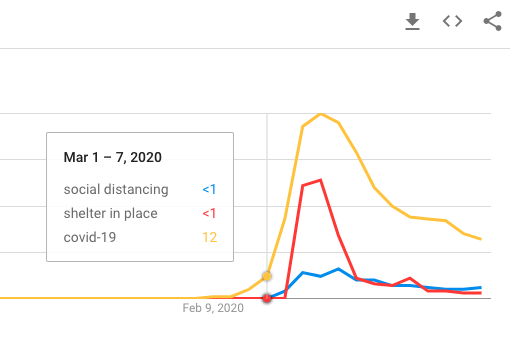
Quick personal update: I'm delighted to announce that today I'm taking the baton from @orthostichy to step into the role of director of our Science & Technology team at @GoodFoodInst. 1/6
David is off to start an exciting new endeavor in the alternative protein realm (I can't spill any beans for him!), and I'm honored to carry forward the strategic and collaborative ethos he embedded in our team and our work. 2/6
After nearly 5 years at GFI, I couldn't be more proud of our growth and transformation from a scrappy, young start-up nonprofit to a professional, polished, full-fledged organization hastening the arrival of a good food future. 3/6
There is so much more that we want to do — we are still just getting started, as is this industry. My team has some audacious, ambitious plans for 2021, and I'm looking forward our highest-impact year yet! 4/6
ICYMI, all of GFI's work is supported by philanthropy: our growth from a team of six when I joined in 2016 to a global force of ~100—and all of the resources and support we provide for free to the alt protein sector—are only possible because of donations. gfi.org/donate
And one last reminder: I'm looking to grow my team! We're hiring for 2-3 roles in the next few weeks. Please keep an eye on gfi.org/jobs — the Plant-Based Specialist Senior Scientist role is currently open, and two more will open shortly!
/end
/end
Ah, one more tweet! Our Development team is also hiring for two new roles to support our ability to keep generating new resources and accelerating this sector. Seeking a Philanthropy Officer and a Philanthropy Assistant. Please share! gfi.org/jobs
• • •
Missing some Tweet in this thread? You can try to
force a refresh



